Despite Menorca’s key military position in the 17th-19th centuries, I hadn’t really expected too much from the Museu Militar de Menorca in Es Castell, but it’s actually rather good.
Like many islands in the Mediterranean, Menorca was a fortress and its military history reflects that, not only in the existing fortifications all around the island, but in the mapping & engineering skills on display, and the armaments.
The museum is housed in a former barracks built by the British in 1771 on the central square in Es Castell on Mahon Harbour.
Mahon
From a military perspective the harbour, or “bay”, of Mahon dominates the island. It is a huge 5½ kilometre inlet, mostly around half a kilometre wide except at the entrance where it tapers down to 230 metres wide. It is one of the world’s largest natural harbours and probably its most defendable. I’ve sailed myself through that narrow entrance, lined with massive 18th century fortress installations with row upon row of cannon batteries. It is impossible to imagine how an enemy could get through it.
Mahon (the island’s capital) is at the end of the inlet. Es Castell is the military town that grew up next to it on the southern side of the inlet.
Menorca’s Military History
The island has been occupied many times over the centuries by everyone from the Greeks, Romans and Carthaginians in the early centuries, the Byzantines, Moors, Aragonese (Spain) and Turks in the Middle Ages, and then the British, French & Spanish in the 18th century.
This was the ‘busy’ period for the building of fortifications and their ownership.
Britain invaded during the the War of the Spanish Succession in 1708 and officially took possession under the Treaty of Utrecht in 1713. In 1756 the French captured the island (for which loss the British Admiral Byng was blamed). Seven years later (the Seven Years War) the British regained control under the Treaty of Paris. When the British lost the American War of Independence in 1781, the Spanish were emboldened to retake the island, and it was ceded to them in 1783 under the Treaty of Versailles. The Brits invaded again in 1798, but the island was returned to the Spanish (for good this time!) under the Treaty of Amiens in 1802.
The Museum
The museum is on two floors.
1st Floor (entrance)
The first floor has some very grand rooms with furniture and fittings belonging to their former occupants, but most of the rooms house documents, drawings, some excellent maps, models of the island’s fortifications, and a number of archaeological relics recovered from the land & sea.
One thing that caught my eye was a huge chain laid around the walls in one room. It was one of the chains used to close the port in the 18th century, recovered from the seabed a few years ago. In 1756 the British blocked the French fleet from trying to enter Port Mahon using a chain – perhaps this one – stretched across the entrance between Argyll Fort and Castel de St Felip.
There’s also quite an interesting wall-mounted collection of small arms, including a license-made Spanish Mauser rifle with a test chamber for measuring the explosive power of the cartridges.
Ground Floor
The ground floor also has a small arms room which, in addition to the weapons also has a display popular with younger visitors, illustrating the arms & armour of the island’s inhabitants from ancient slingshot warriors to a modern day Spanish soldier. But the ground floor is also where the big stuff is! There are five rooms with 16th-20th century artillery pieces – everything from medieval mortars to modern ack-ack and recoil-less anti-tank guns.
If you are interested in artillery, its history and the development of precision targeting (I am!)… this place is definitely worth a look. There’s stuff in here that you won’t see in obvious places like the Royal Artillery Museum (currently in storage while the regiment develops a new museum site at Larkhill, having been booted out of Woolwich!) or in tank museums like Bovington, Duxford (Land Warfare) Saumur, or Arsenalen. Not just canonballs, shells & fuses, but in particular range-finders, elevation & bearing measuring devices, and some spectacular trajectory calculating machines. Military ingenuity was astonishing in the pre-digital era!
One room has been set up to recreate the fire control room for the former 15 inch Vickers gun emplacements at Llucalary on the south coast. It’s no longer there but it was similar to the battery at the museum’s La Mola site.
I think the analogue firing solution calculators are the stars of this museum!
They were designed to receive a continuous and automated compass bearing on the target, then operators used the control knobs to set shell weight, velocity, wind direction and other corrections, so that it could then calculate the azimuth and elevation settings electronically to the gunners. The thing is: each gun had its own calculator which was pre-programmed with the gun’s position and altitude.
Declaration: I was on the island for a conference of social media influencers hosted by Menorca Tourism as part of their #MustSeeMenorca campaign, but I chose to go to the museum independently and paid for my visit.
Factbox
Website:
The Consorcio Museo Militar (Consortium of the Military Museum of Menorca), like many museums (eg. Imperial War Museum) operates several sites. In this case, the museum itself, but also historic forts on the island. Namely La Mola, San Felipe, Torre d’en Penjat, and San Felipet.
Getting there:
Explanada, 19
Es Castell 07720
Menorca – Islas Baleares.
Easy to find. It’s on the SW side of the main square in Es Castell.
Price:
Adult 3 Euro
Pensioners 1.50 Euro
Groups (min 20) 2 Euro
Opening Hours:
Summer (Jun-Aug): 10am – 1pm, Mon – Fri and the first Sunday of each month
Winter (Sep-May): 10am – 1pm, Mon, Wed, Fri and the first Sunday of each month

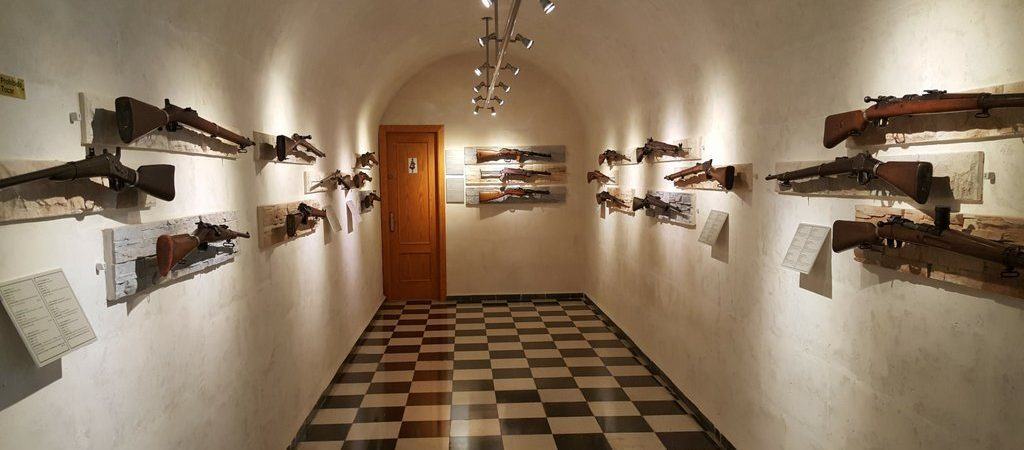
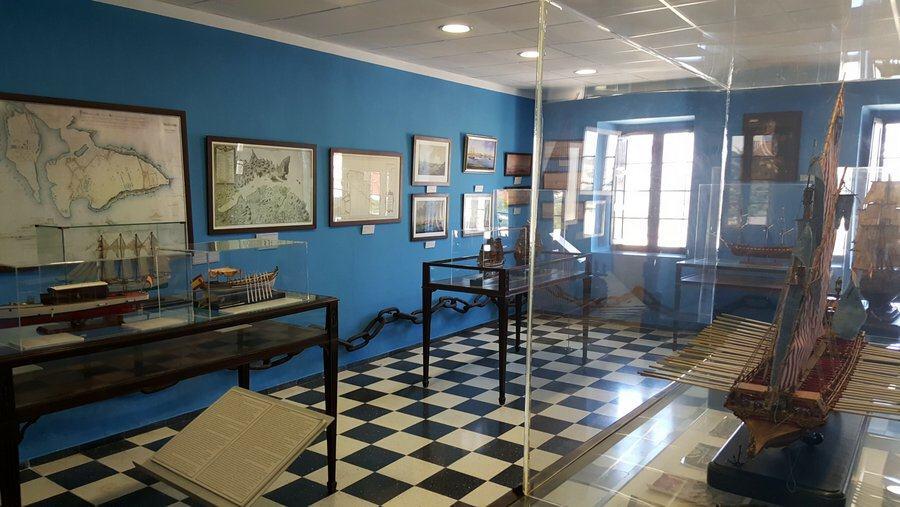

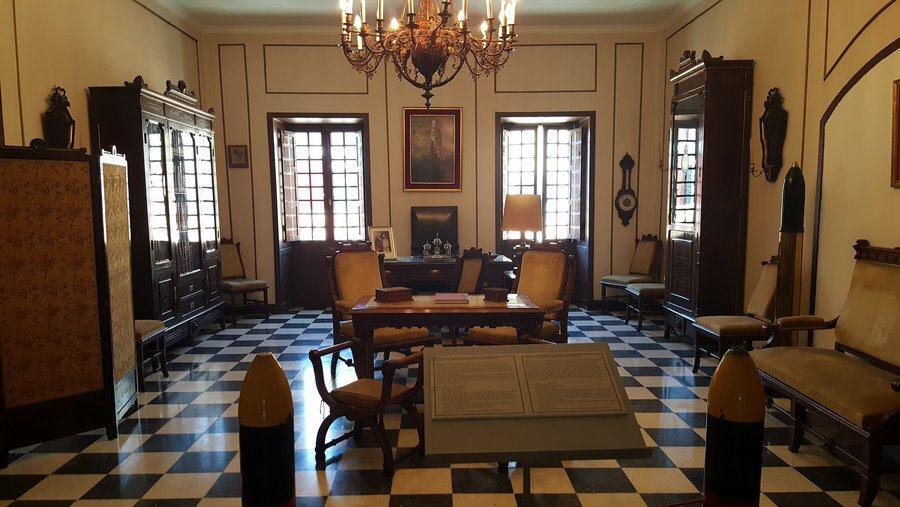
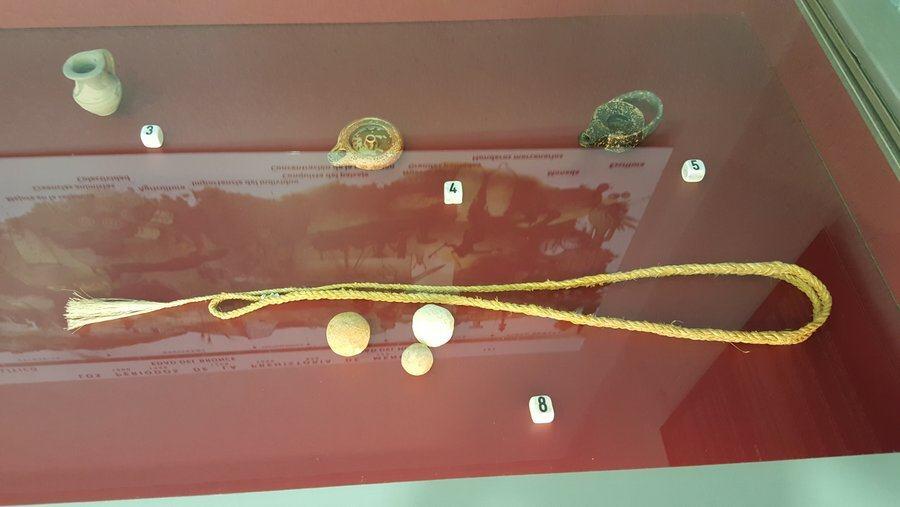
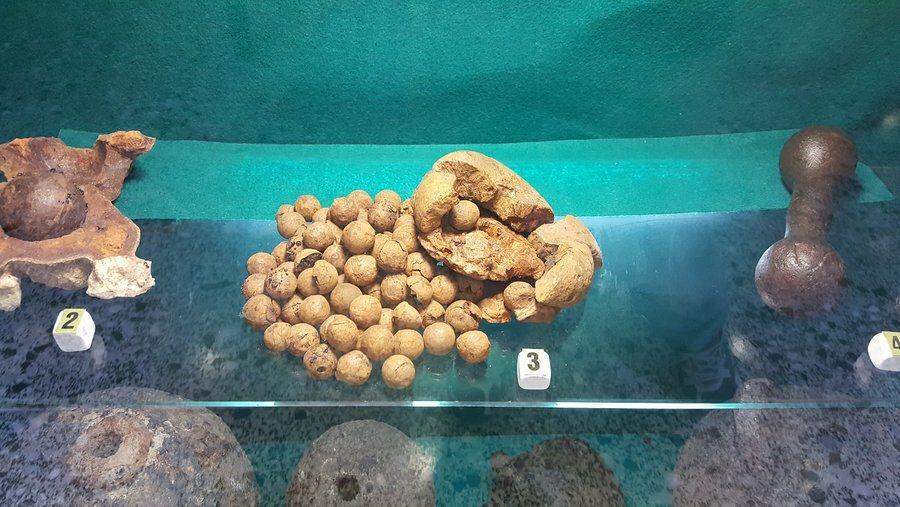


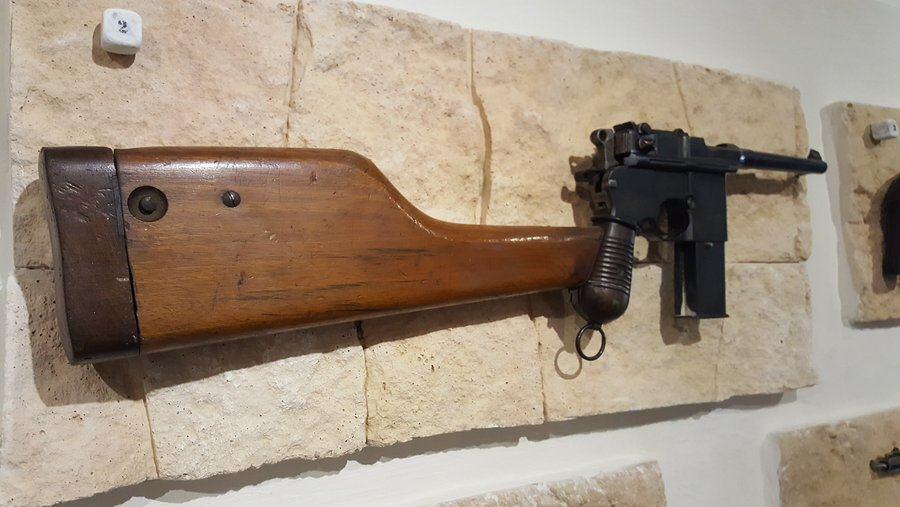
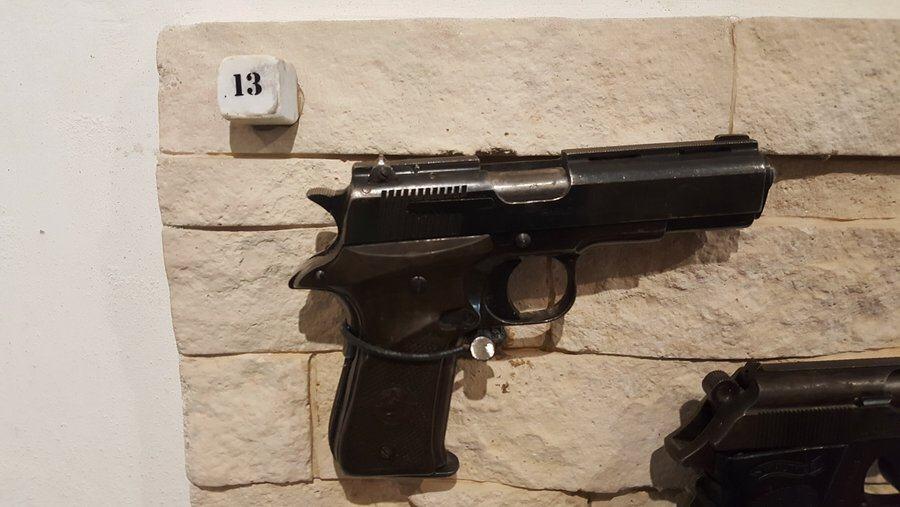
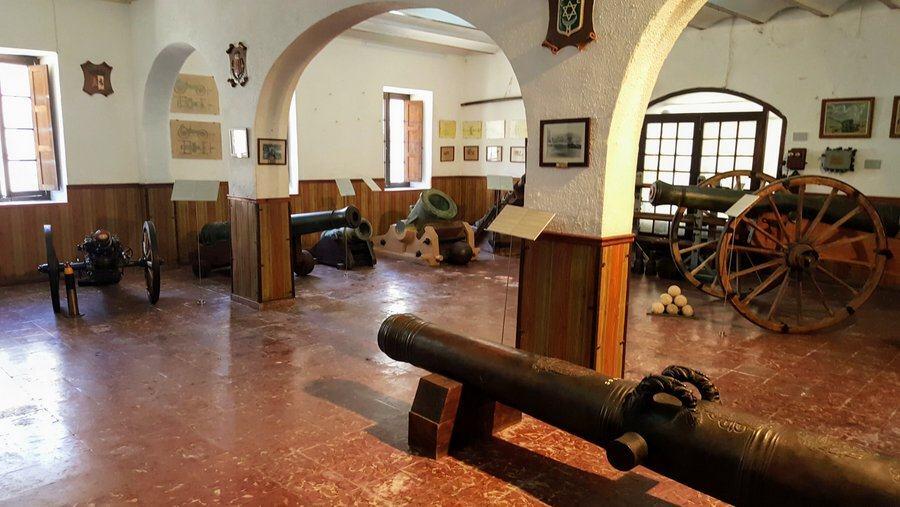
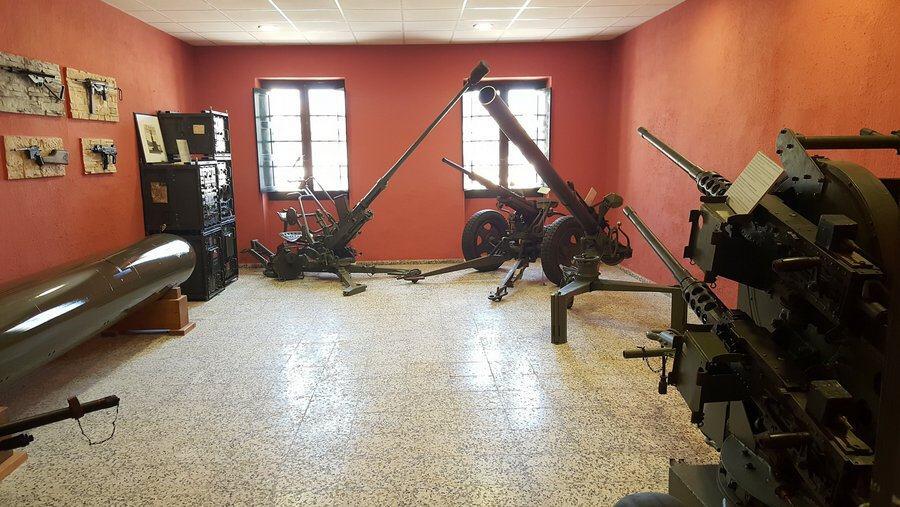
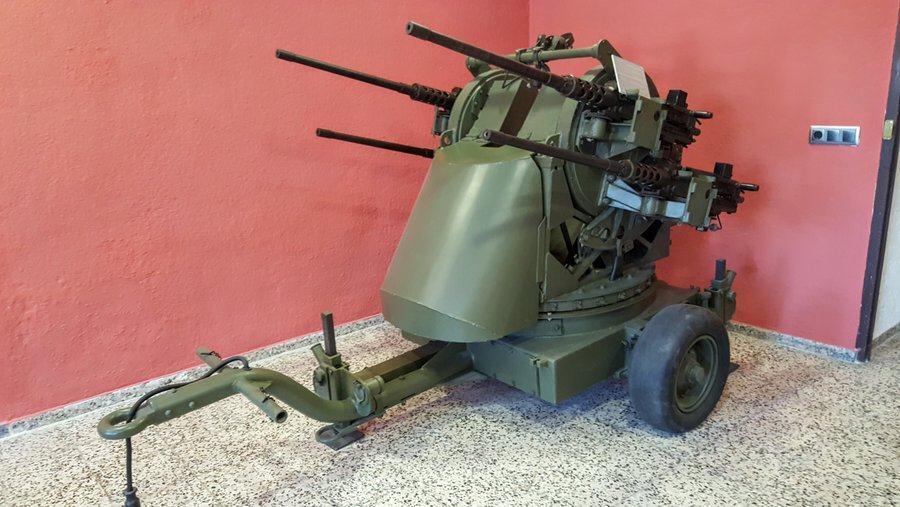

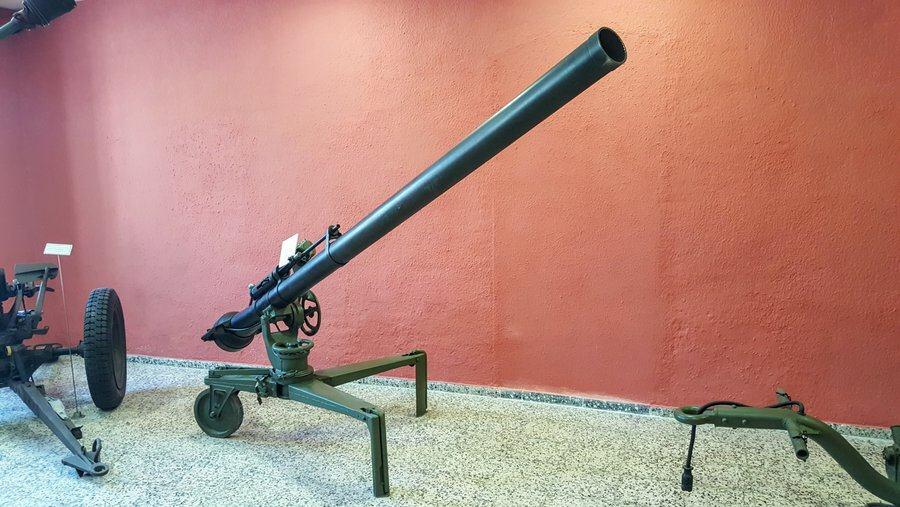

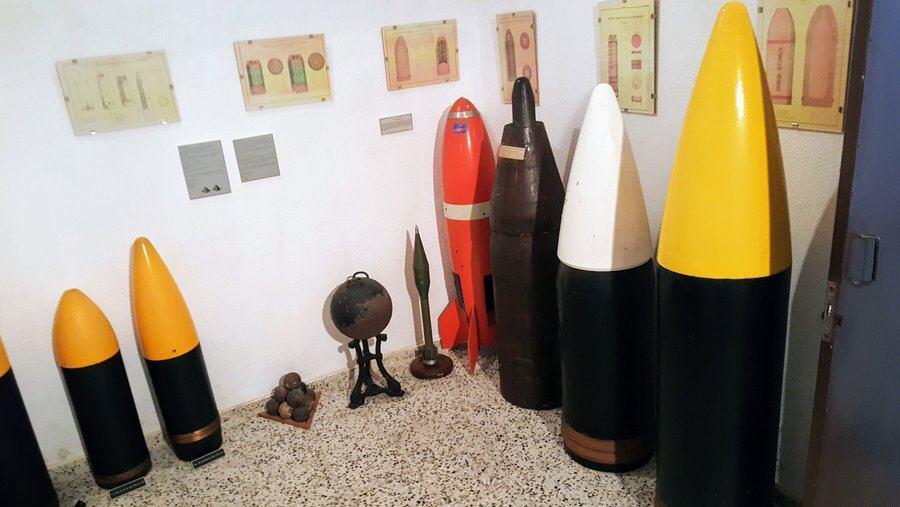
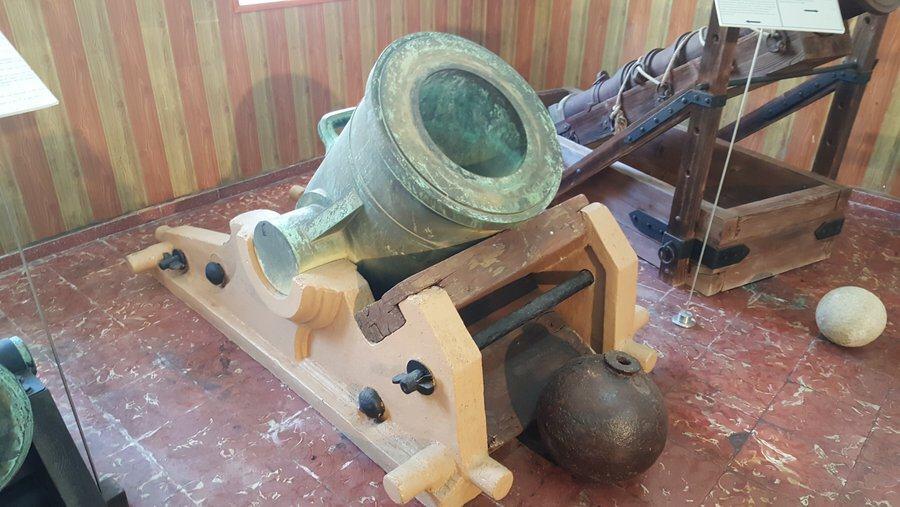
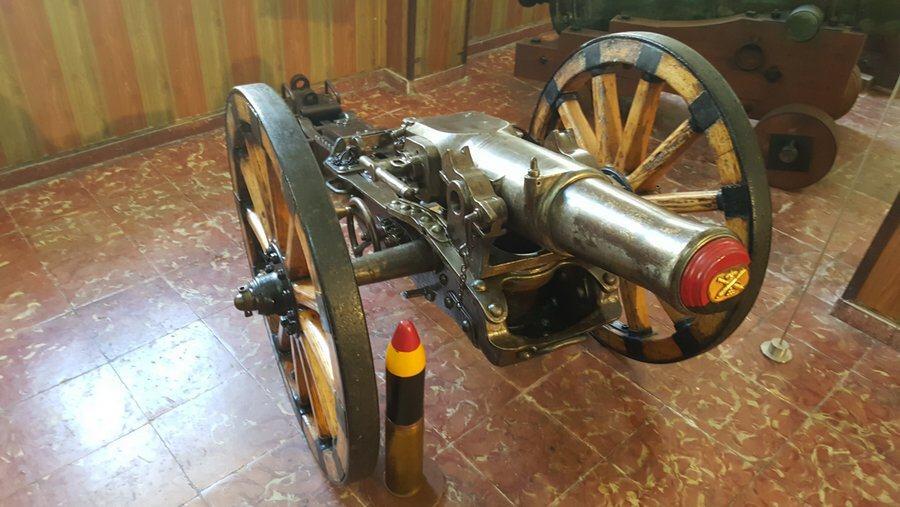
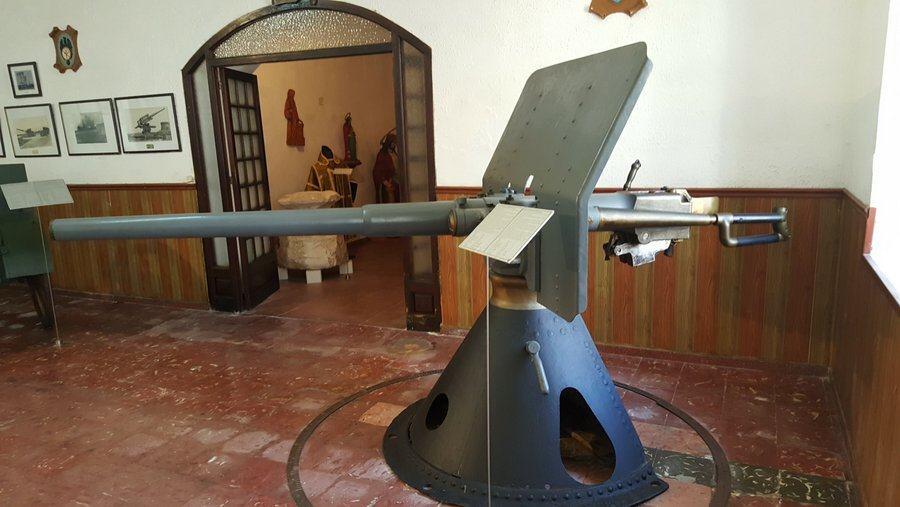
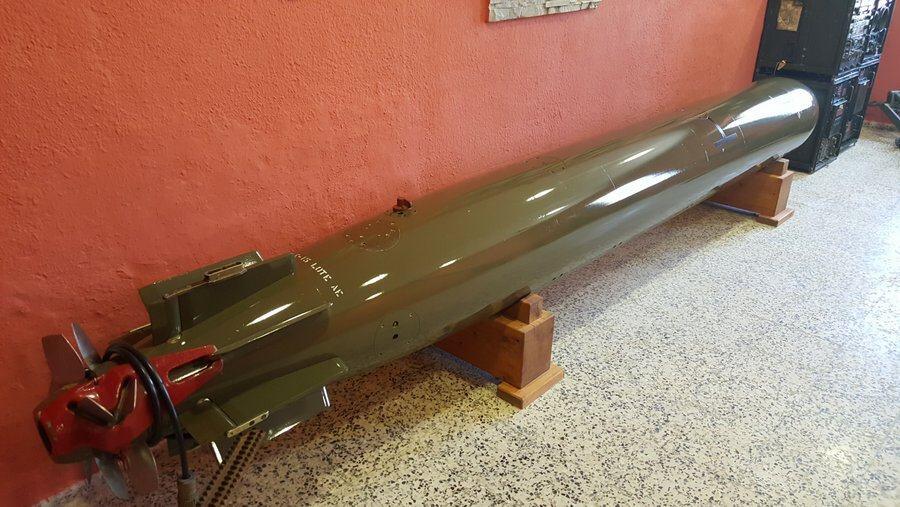

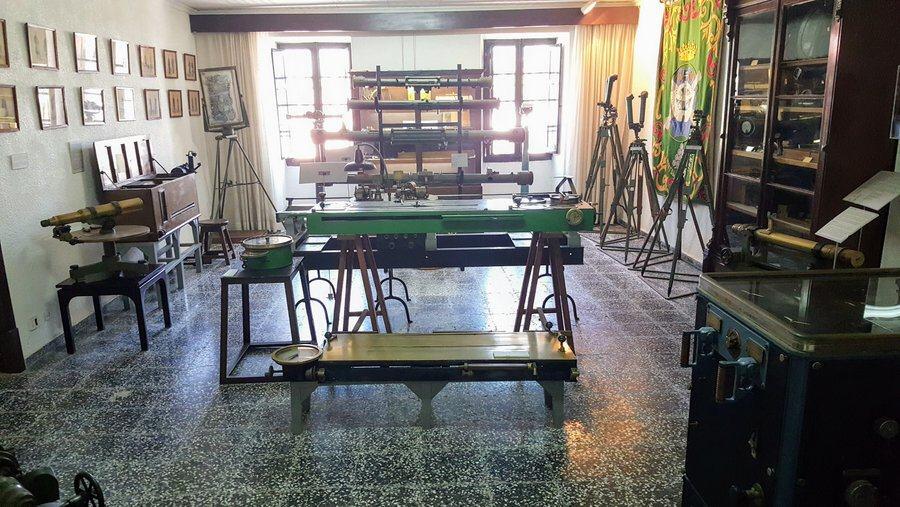
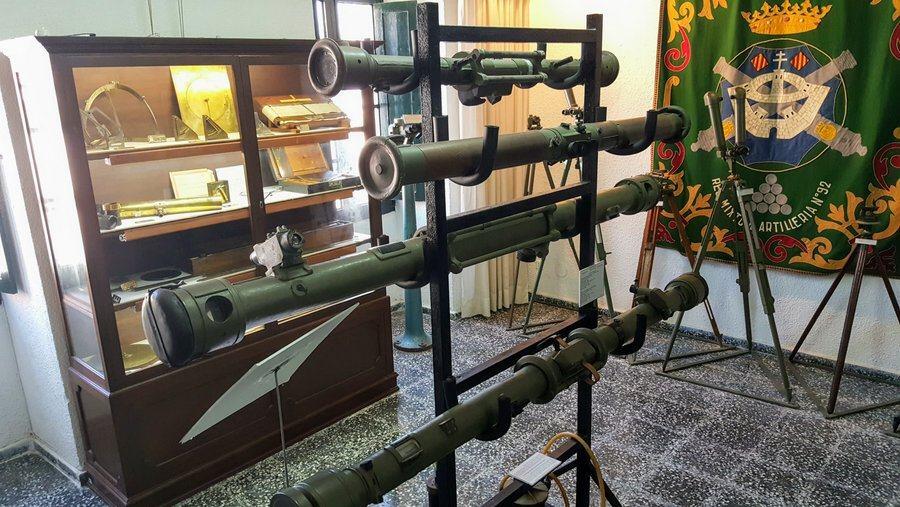

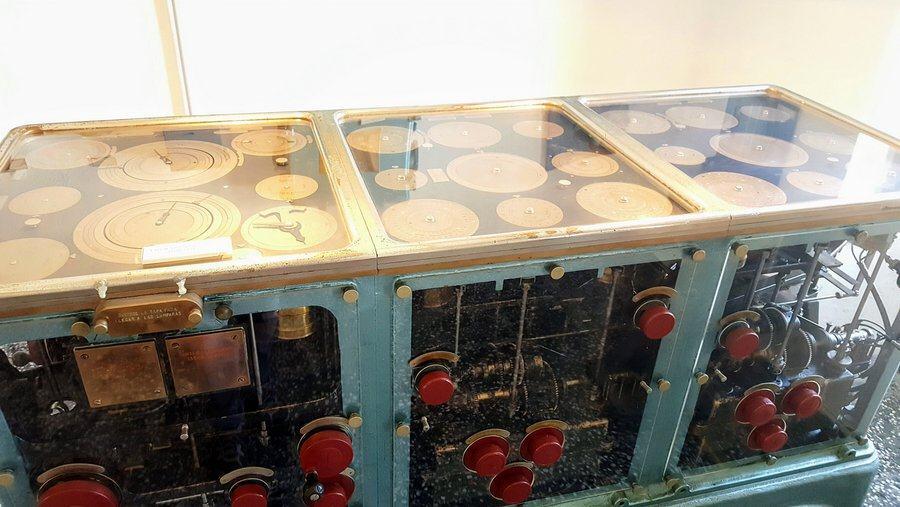

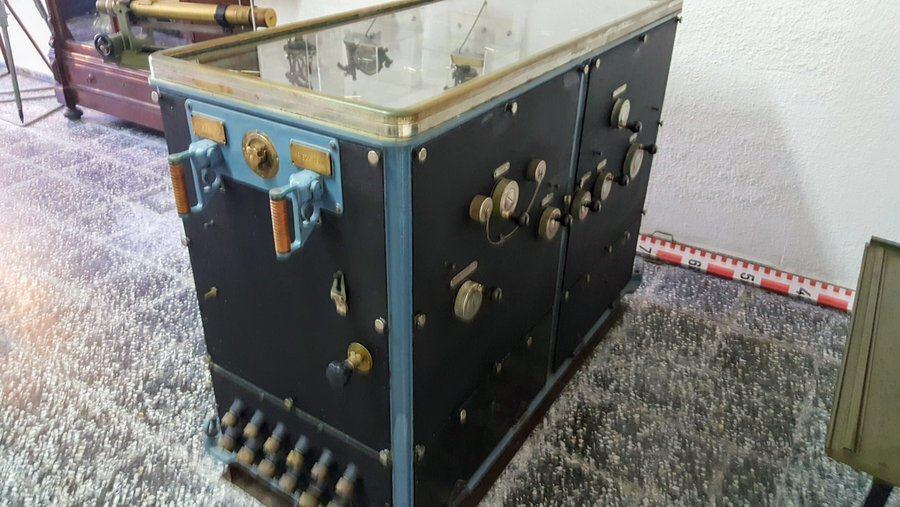
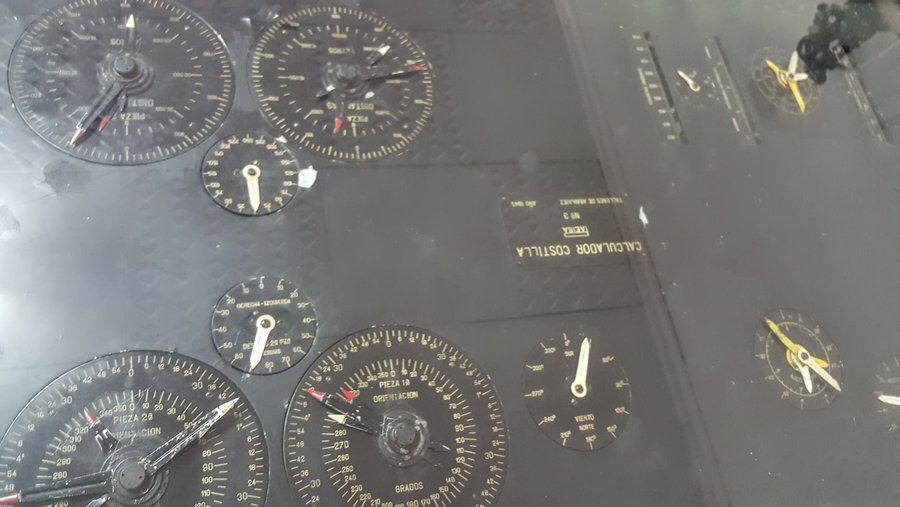



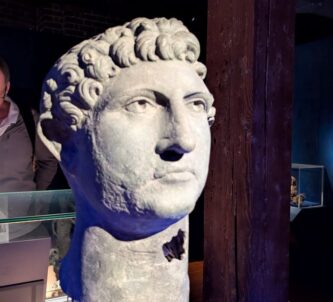
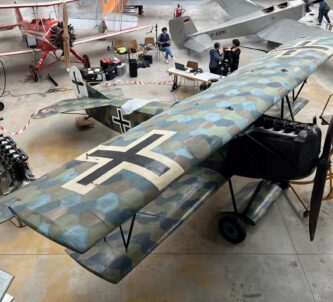

Very interesting write up I am planing on visiting the museum today
Excellent! Hope you enjoy it. 🙂